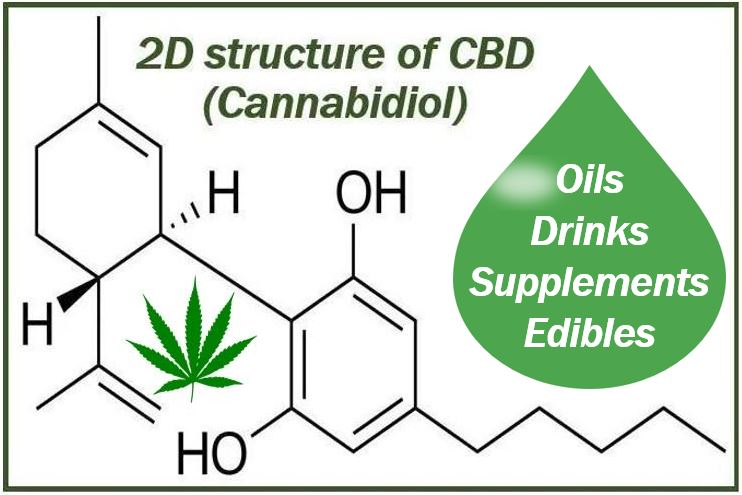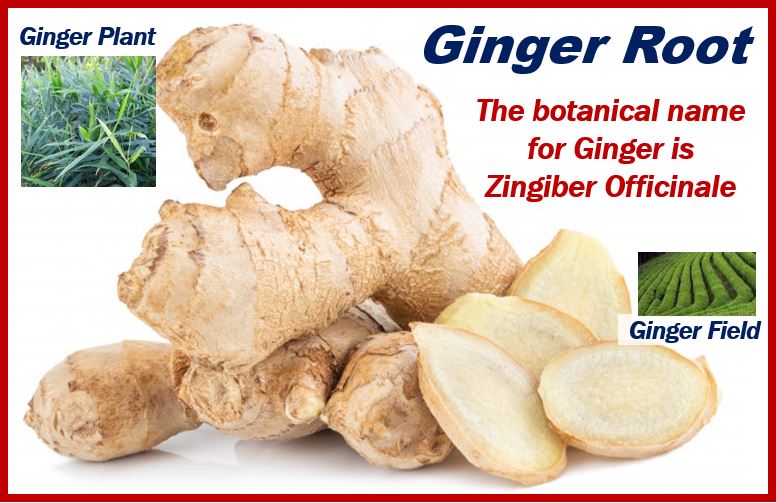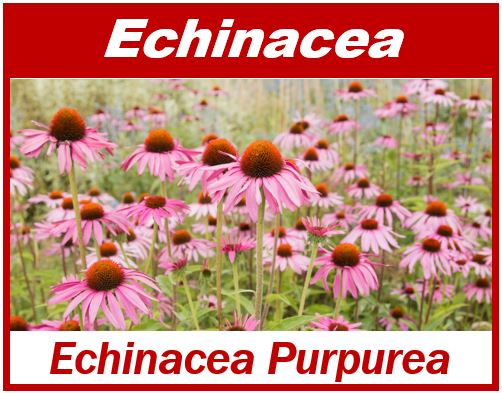CBD oil has boomed in popularity since it was legalized at the federal level in the US in 2018. It is extracted from cannabis or hemp, separated from the psychoactive drug, THC. What’s left is an amazing supplement that users say has many benefits, including:
- Pain relief
- Reduce anxiety and depression
- Lower blood pressure
- Treat cancer-related symptoms
- Acne reduction
- Treat neurological disorders

These reported results are beneficial to many people. However, some people may not experience the expected results, and others may prefer to try different options. Still others may prefer to alternate between CBD oil and other options, to reduce the likelihood of any dependencies. For those people who want more choices, there are many options.
Kratom Powder
Kratom powder comes from the dried leaves of the tropical mitragyna speciosa tree, common to Southeast Asia. It contains the psychoactive components, mitragynine and 7-hydroxymitragynine. A popular variety is Red Thai Kratom Powder. Kratom is usually named for the color of the veins in the leaves, which can be red, white, or green, along with its place of origin.
These natural chemicals are reported to have very similar effects to CBD. Generally, small doses of kratom are reported to have mild stimulant effects, while larger doses are reported to have anti-anxiety, and sedative properties. Kratom is also used by people who suffer from PTSD, as well as people who are recovering from an opioid addiction. Many of them have reported positive results that rival those of prescription medications.
Ginger Root

You can find ginger root at most supermarkets, and in a variety of forms in health food stores. It’s reported to have anti-inflammatory, and antioxidant properties. It is also reported to have cannabinoid properties such as pain relief, and it’s been reported to treat premenstrual syndrome, and nausea.
Many CBD manufacturers are even offering options that include ginger root and turmeric for enhanced effectiveness. Ginger root contains gingerol, which is reported to be its active compound, with anti-aging properties, such as protection against degenerative diseases.
Magnolia Bark
Magnolia trees are common to the southeastern United States, and other parts of the country, and the world. People have used the bark of this tree to treat anxiety and depression for centuries. It is also reported to serve as a sleep aid.
One study of 40 women showed that those who took 250mg of magnolia and phellodendron bark extract 3 times daily had measurable anxiety relief, compared to a placebo. Other studies have shown positive effects, too, including lowered cortisol levels.
Clove Oil
Similar to cannabis, clove oil contains beta-caryophyllene, a terpene. These natural chemicals are said to work against anxiety and depression, where the molecules target CB2 receptors in the endocannabinoid system. Many people, including dentists, have even used clove oil to alleviate tooth pain by applying it to a cotton swab and treating the affected area.
Echinacea

Native Americans have used echinacea purpurea for centuries as a holistic remedy for coughing, sore throats, and pain. Also known as the purple coneflower, it is a hairy perennial that can be found in prairies, meadows, and other areas of the southeastern United States. It contains N-alkylamides (NAAs) and is said to interact with the immune system to reduce pain and inflammation.
Peony
The root of this pink or white flower is high in cannabinoids. Native to China, it is reported to help regulate the signaling pathways of chronic ECS, or Exertional Compartment Syndrome. This is the condition where exercise produces pain, swelling and possible disabilities in the arms and legs. It’s most common in young adult runners and other athletes who engage in high-impact exercise.
With this in mind, peony is reported to reduce joint inflammation, and muscle spasms. Also known as Bai Shao, peony root is known in Chinese medicine for moving blood. With this in mind, it is also reported to help with menstrual cramps, and spasms. It is also said that a couple of drops of a peony tincture may help to relieve grief and sorrow.
What to do Next
This list is not exhaustive. There are other plant products to consider, such as turmeric, liverwort, black pepper, and black truffles. The most important thing to remember is that there is no such thing as a magic pill that will solve all of your ailments. People have tried many of these natural remedies for centuries, and results vary among individuals.
Not every plant product has peer-reviewed studies, so it is important to do your own research. If you have major symptoms, it’s also important to speak with a doctor or other healthcare professional. However, if you want to experiment with some natural remedies, then you can start with this list.
For example, kratom has a small but loyal following of people who swear by its helpful properties. Start exploring forums and other websites where you can educate yourself on kratom, as well as other CBD alternatives. Then, consider trying some of these items, to see if they work well for your symptoms.
Interesting related article: “What is Cannabidiol.”

